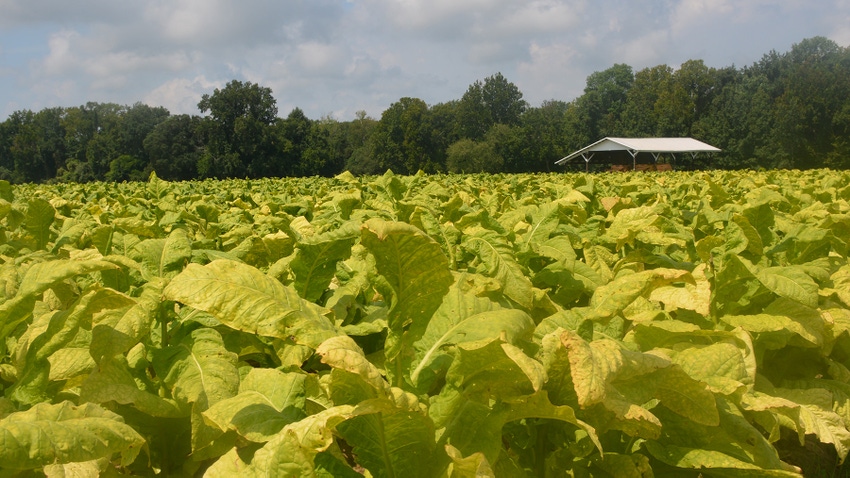
For the 2024 crop year, Ag Economist Jeffrey Dorfman doesn’t see a big change in plantings, a huge change in returns or a major change in input prices. But one major concern will be labor costs.
“What we’ll see in 2024 is plantings will look a lot like 2023. I don’t expect to see any big shifts between commodities,” said Dorfman in an outlook presentation Feb. 1 at the Ag Development Forum during the Southern Farm Show at the NC State Fairgrounds in Raleigh. He is professor of agricultural and resource economics at North Carolina State University.
Because fertilizer prices are down and corn uses a lot of fertilizer, Dorfman believes corn may be more competitive in 2024 because corn returns are not falling nearly as much as corn prices. He doesn’t expect other commodities to steal corn acreage because prices for all commodities remain down.
Facing uncertainty
While commodity prices are down, Dorman says lower input prices should help with returns. But there is still uncertainty ahead.
“What can make me wrong? What could mess up 2024 in North Carolina agriculture? I think the two big risks we have are China and a global recession. If the U.S. gets in another trade spat with China, and China decides to retaliate for something that we do by putting tariffs on U.S. ag imports or just not buying them, that hurts. It hurts particular commodities,” Dorfman said.
“For example, tobacco is one that takes a bigger hit than others,” he said.
“If there is a recession in the U.S., it doesn’t really matter for agriculture. Americans are rich enough that in a recession or not in a recession, we still buy food. But in the rest of the world, if their incomes drop, they buy cheaper local food. American food is a luxury good in a lot of the world, so we’ve got to hope the rest of the world hangs on and does OK,” he said.
Watching consumer spending
Dorman said it is important to look at consumer spending at restaurants if the economy slows and consumer spending at restaurants drops. He said consumer spending at restaurants is particularly important for vegetable demand.
“So far restaurant spending has held up pretty well, but if the economy slows more and restaurant spending does fall, that hits our vegetable farmers hard. I don’t think even most ag economists realized this until we shut all the restaurants down at the start of the pandemic, but apparently no American eats any vegetables at home,” Dorfman said to appreciative laughter from the ag forum crowd.
“All of the vegetables that are sold are sold to restaurants. It’s unclear whether we eat vegetables in restaurants either, but they put them on the plate so when we shut down the restaurants during the pandemic, demand for vegetables just collapsed so if people eat out less, it’s going to hit vegetables harder,” he said.
As for labor costs, Dorfman said no farmers are happy about the 90-cent increase in the H-2A Adverse Effect Wage for 2024. The current H-2A Adverse Effect Wage in North Carolina is $15.81 per hour.
“We are reaching a point where high-level crops are at a severe disadvantage. We’re also definitely at a point where H-2A only makes sense if those workers can be used on multiple commodities. Either you have to grow multiple commodities that you can use those workers on, or you have to go to a contractor that’s sharing them out between different farms,” Dorfman said.
About the Author(s)
You May Also Like






